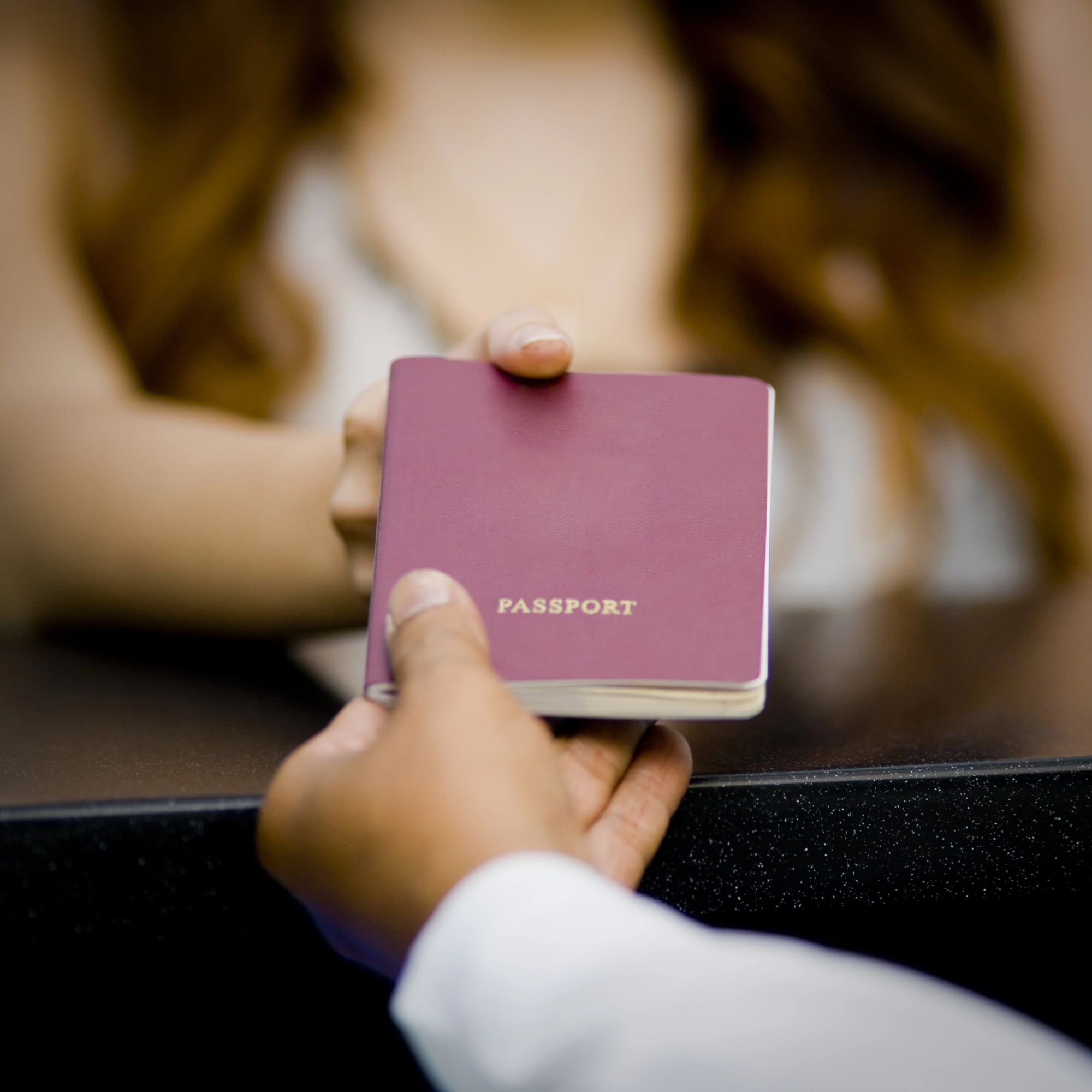Securing L1 visa transfers to the USA
The L-1 (intra-company transferee visa) is one of the non-immigrant visas issued by the US government that you can apply for under certain circumstances. L1A Visa Requirements are unique, and it is important to understand them before applying.

Overview
What is an L1 visa?

- The L1 visa allows employees who work outside the US for a business organization that is an affiliated entity in the US to come to the US and carry on services for the said entity. There are two kinds of visa schemes under the L1 visa:
- L1A visa: For L1 visa transfers of managers, executives, and business owners for up to seven years.
- L1B visa: To allow entry for specialized knowledge employees for up to five years in an new or existing US office.
What are the requirements of an L1 visa?
The company in the USA to which they are being transferred must be a parent, joint venture, affiliate, subsidiary, or branch of the previous non-US based employer.
To fit the definition of a non-US employer, a company must be:
Physically situated outside the of the US- A foreign branch of the US-based company or a company that originated in a country outside the US.
- The company must be operational for the entire duration of the visa. The employee should expect to get transferred back to the company in the case of their return. If the foreign employer shuts down, the US employer needs to have an associated foreign company to which they can transfer the L1 visa holder.
What is the process of applying for the L1 visa?
- The applicant must file an I-129 form with the US Citizenship and Immigration Service (USCIS), enclosing the documents proving the eligibility of the employer for the L1 visa.
- Once USCIS issues a notice of action on approving the application, the applicant must apply for the L1 visa at a consulate or US embassy.
- The applicant fills out the DS-160 online visa application and brings the confirmation to the embassy or consulate with the filing fee.
- An immigration officer conducts a personal interview. Upon passing the interview, you will get your L1 visa.
What are the benefits of hiring an L1 visa attorney?
Immigration lawyers can offer many different services. They can help in developing a corporate strategy for requesting and receiving blanket L1 petitions. They can also help you with a change of status from an L1 visa to H1B visa, if necessary. The L1 visa attorneys also have years of experience in helping clients make the transition from an L1A visa to a green card.
Moreover, an L1A visa Lawyer in Seattle also can review all of your L1 visa documents to avoid unnecessary interruptions in processing. A skilled attorney will be able to catch small mistakes on your application that you would otherwise miss and can ensure that your application is filed in a timely manner. When the application process is optimized by a lawyer, you can rest assured that your application process will go smoothly and that you can start working in the US in a timely manner.
Do you want to secure the L1 visa or need a change of visa status in a hassle-free manner? Get in touch with the expert attorneys at Stelmakh & Associates, LLC, today for the first crucial consultation.
Please call us at +1 206-558-6288 or book a consultation with our attorney to evaluate your case
